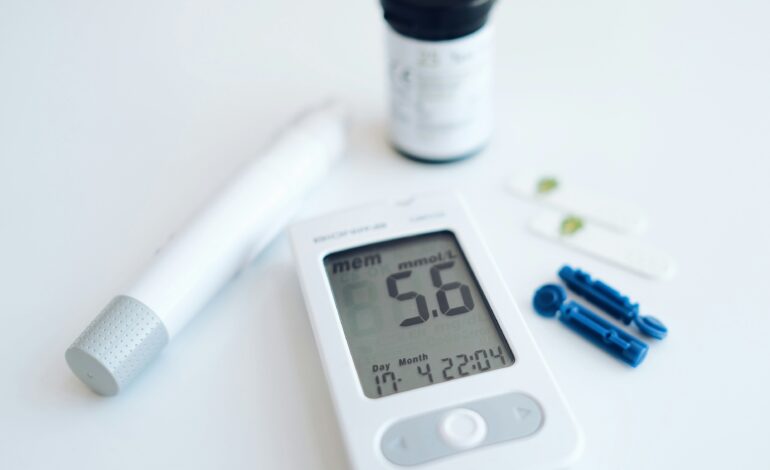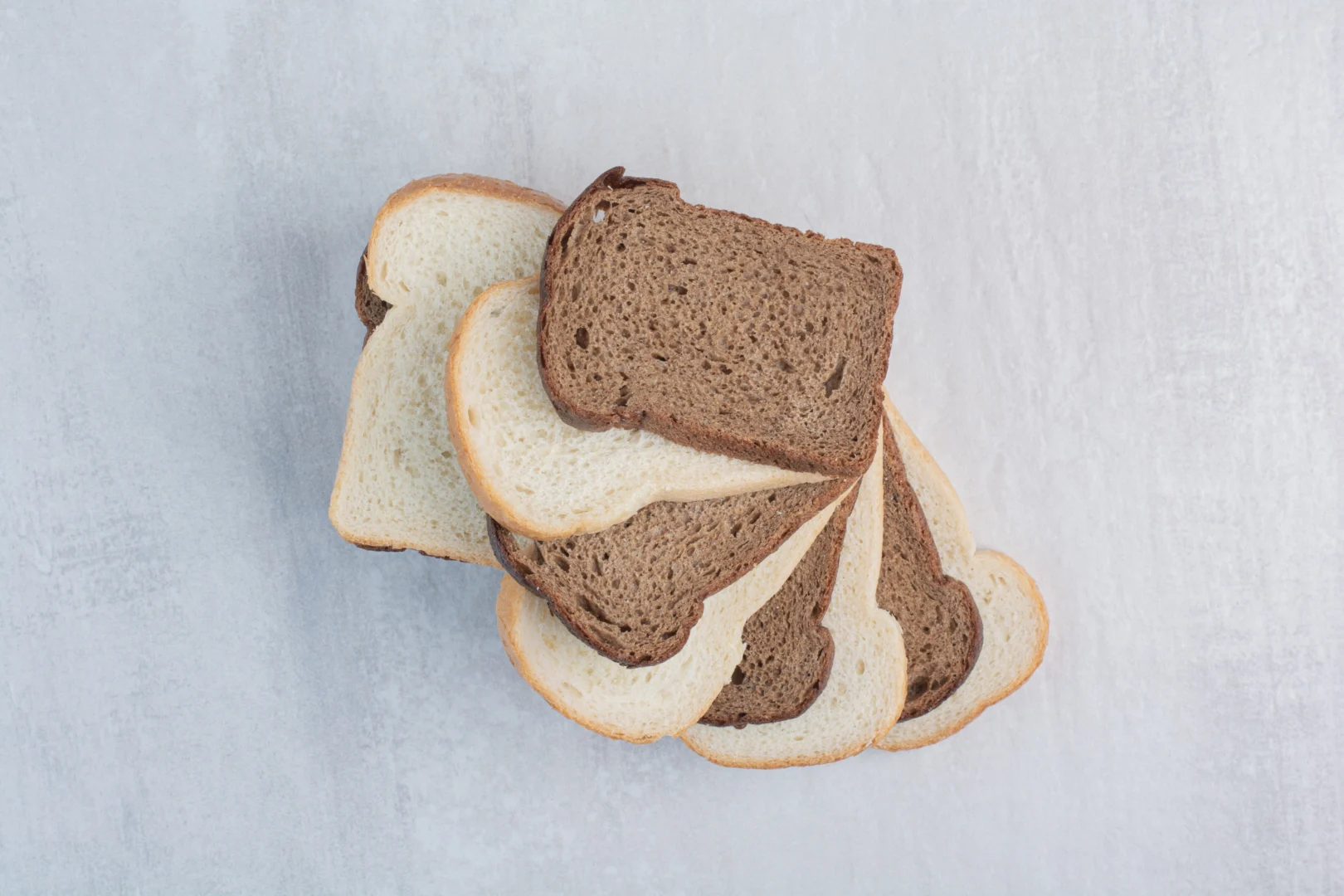10 Smart Ways to Manage Type 2 Diabetes and Protect Your Heart
Managing type 2 diabetes isn’t just about blood sugar — it’s about protecting your entire body, especially your heart. People with type 2 diabetes are up to twice as likely

Managing type 2 diabetes isn’t just about blood sugar — it’s about protecting your entire body, especially your heart. People with type 2 diabetes are up to twice as likely to develop heart disease or stroke, according to the American Heart Association (AHA).
The good news? You can significantly reduce your risk with consistent lifestyle changes, medications when needed, and regular monitoring. Here are 10 science-backed ways to manage both your diabetes and heart health — starting today.
1. Prioritize a Heart-Healthy, Low-Glycemic Diet
Food is foundational. A diet rich in fiber, lean protein, and healthy fats can help regulate blood sugar while protecting blood vessels.
Focus on:
- Leafy greens, berries, and non-starchy vegetables
- Whole grains like oats, quinoa, and barley
- Omega-3-rich fats from salmon, walnuts, and flaxseed
- Low-fat dairy or dairy alternatives with no added sugar
Stat Insight: The Nurses’ Health Study showed that women who followed a Mediterranean-style diet had 30% lower risk of cardiovascular events and improved insulin sensitivity.
Read how to diagnosed with LADA (Type 1.5), executive Adam Fiore refused insulin and dropped his A1C from 7.2 to 5.8 through mindset and lifestyle. His limitless transformation.
2. Exercise Consistently — Even 30 Minutes a Day Helps

Physical activity improves insulin sensitivity, lowers blood pressure, and boosts HDL (good) cholesterol.
- Aim for at least 150 minutes of moderate exercise per week
- Combine cardio (walking, cycling) with resistance training
- Even short walks after meals can reduce blood sugar spikes
Fact: Just 10 minutes of post-meal walking can lower blood glucose by up to 22%, according to a 2023 study in Diabetes Care.
3. Use Medications That Also Benefit the Heart
Certain diabetes medications also reduce the risk of cardiovascular disease.
Examples:
- SGLT2 inhibitors (e.g., empagliflozin): lower blood sugar and protect the heart and kidneys
- GLP-1 receptor agonists (e.g., semaglutide): help with weight loss and reduce major cardiac events
Talk to your doctor about choosing medications that target both diabetes and heart disease risks.
4. Monitor Blood Sugar — and Keep It in Target Range
Aim for:
- Fasting glucose: 80–130 mg/dL
- Post-meal glucose: <180 mg/dL
- A1C goal: usually <7%, but individualized
Use a continuous glucose monitor (CGM) or test regularly if not on CGM.
The CDC reports that keeping A1C in range reduces the risk of diabetes-related heart disease by over 40%.
5. Control Blood Pressure Aggressively
High blood pressure (hypertension) silently damages arteries and increases the risk of stroke, heart attack, and kidney failure — especially in people with diabetes.
- Target BP: <130/80 mmHg
- Reduce sodium intake, aim for <1,500 mg/day
- Stay active and limit alcohol
Tip: Check your BP at home regularly and share readings with your provider.
6. Limit Processed and Trans Fats
Avoid:
- Fried fast food
- Packaged snacks with “partially hydrogenated oils”
- Margarine sticks and processed baked goods
Instead, opt for healthy fats like olive oil, avocado, and nuts.
Studies show replacing trans fats with polyunsaturated fats can lower coronary heart disease risk by up to 40%.
Read About: Metformin: The Surprising Anti-Aging Drug That Could Change How We Age
7. Manage Stress — It Impacts Both Blood Sugar and Heart Health
Chronic stress increases cortisol, which spikes blood sugar and raises blood pressure. It also leads to emotional eating and poor sleep.
Try:
- Meditation or deep-breathing exercises
- Journaling
- Yoga or tai chi
- Therapy or diabetes support groups
Fact: A 2024 Harvard study found that mindfulness-based interventions improved A1C by 0.5% on average and significantly lowered perceived stress scores.
8. Quit Smoking — Immediately if Possible
Smoking damages blood vessels and accelerates the progression of both diabetes and heart disease.
- It increases insulin resistance
- Raises blood pressure and cholesterol
- Multiplies the risk of stroke and heart attack
The AHA says that quitting smoking cuts the risk of heart disease in half within the first year — even for people with type 2 diabetes.
9. Prioritize Sleep — 7 to 9 Hours Nightly
Poor sleep raises blood sugar, blood pressure, and inflammation. It also worsens insulin resistance and increases appetite.
- Maintain a consistent bedtime
- Avoid screens 1 hour before sleep
- Limit caffeine after 2 PM
Research from 2025 in The Lancet Diabetes & Endocrinology linked under 6 hours of sleep with a 48% increase in cardiovascular events among people with diabetes.
10. Don’t Skip Routine Check-Ups
You need more than a glucose check — regular screenings help track the full picture of your health.
Get these checked:
- A1C: every 3–6 months
- Cholesterol levels: annually
- Kidney function (urine microalbumin, creatinine): annually
- ECG or stress test: if recommended
- Eye and foot exams: annually
Early detection = early protection. Don’t wait until symptoms appear.
Final Thoughts: One Condition Doesn’t Have to Lead to the Other
Living with type 2 diabetes doesn’t mean heart disease is inevitable. With the right strategy, it’s possible to control blood sugar, reduce cardiovascular risks, and improve overall quality of life.
It’s never too late to take action — and small daily choices can make a lasting difference.
By Ravoke News Desk for Ravoke.com








